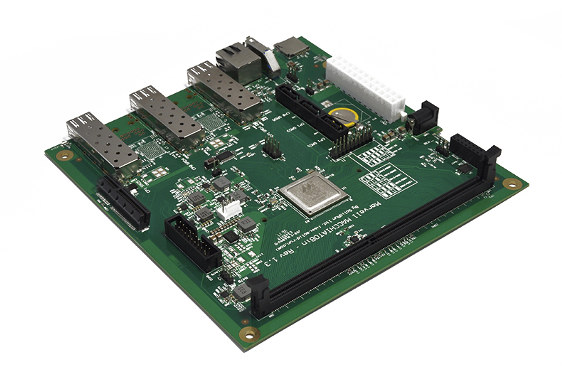Firefly ROC-RK3328-CC Development Board Now for Sale for $35 and Up
Remember Libre Computer Renegade SBC – aka ROC-RK3328-CC – based on Rockchip RK3328 processor, and launched last month on Indiegogo? The crowdfunding campaign successfully completed a few days ago with over $20,000 raised from close to 250 backers. When we zoomed on the board we could see markings on the board indicated that it was made by Firefly team, the makers of boards such as Firefly-RK3288 Reload or Firefly-RK3399, and the company is now selling the board with 1 or 2GB RAM for respectively $35 and $50 plus shipping, but the 4GB version is not up for sale at this stage. Firefly-ROC-RK3328-CC board specifications: SoC – Rockchip RK3328 quad core Cortex A53 processor with ARM Mali-450MP2 GPU System Memory – 1, 2, or 4GB DDR4 Storage – eMMC 5.x flash module socket (8 to 128 GB) + micro SD card slot Video & Audio Output – HDMI 2.0a up to […]






